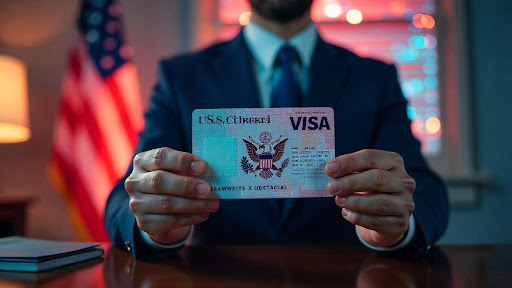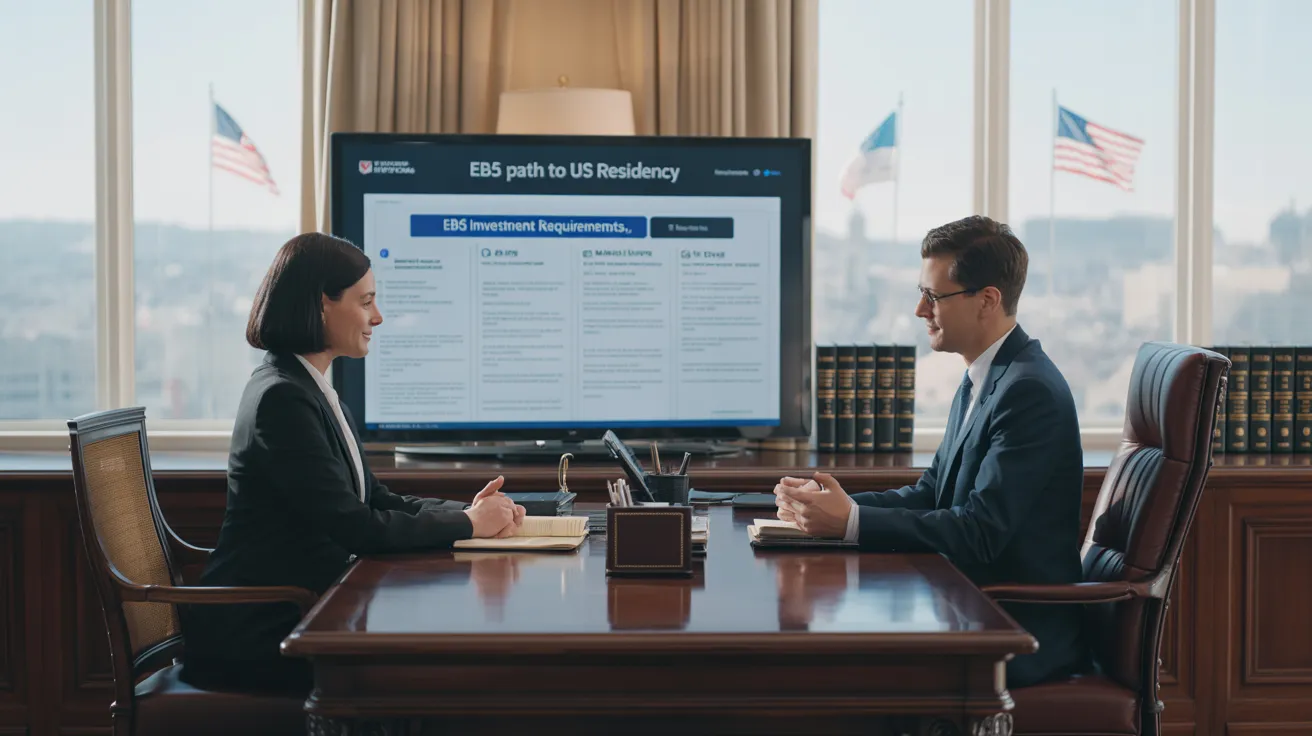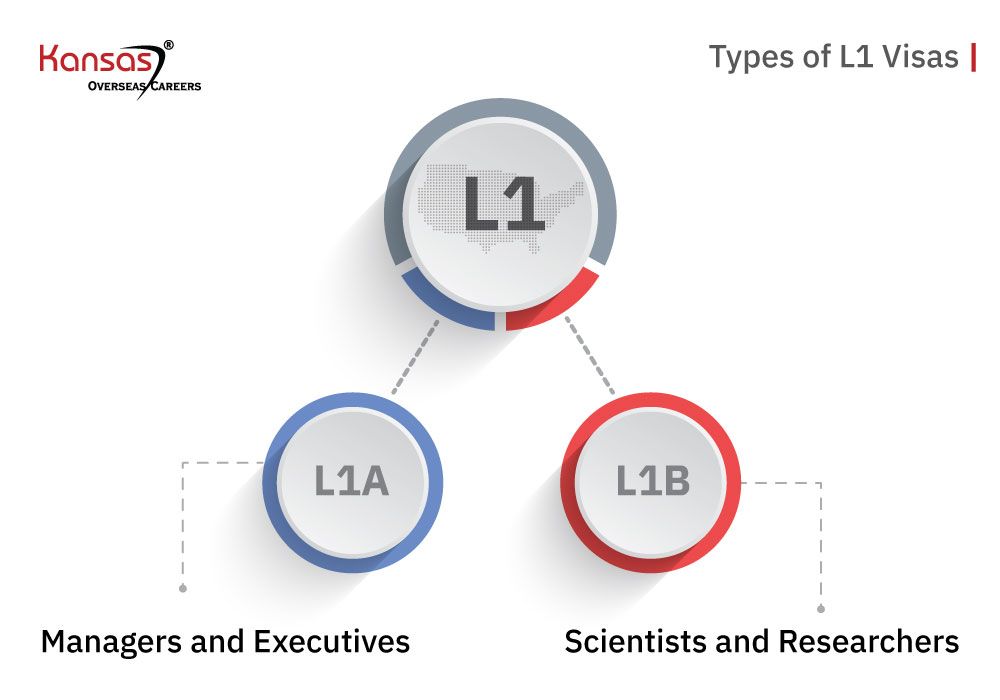L1 Visa Info
The Only Guide to L1 Visa
Table of ContentsOur L1 Visa IdeasThe 45-Second Trick For L1 Visa4 Easy Facts About L1 Visa ShownL1 Visa for BeginnersThings about L1 Visa6 Easy Facts About L1 Visa Shown
Available from ProQuest Dissertations & Theses Worldwide; Social Scientific Research Costs Collection. DHS Office of the Inspector General. Gotten 2023-03-26.
U.S. Department of State. Recovered 2023-02-08. Tamen, Joan Fleischer (August 10, 2013).
The Ultimate Guide To L1 Visa
In order to be qualified for the L-1 visa, the international company abroad where the Beneficiary was used and the U.S. firm must have a qualifying relationship at the time of the transfer. The various kinds of certifying connections are: 1. Parent-Subsidiary: The Parent implies a company, corporation, or other legal entity which has subsidiaries that it possesses and regulates."Subsidiary" implies a company, company, or various other legal entity of which a parent has, directly or indirectly, greater than 50% of the entity, OR has much less than 50% yet has monitoring control of the entity.
Business An owns 100% of the shares of Firm B.Company A is the Parent and Company B is a subsidiary. There is a qualifying relationship in between the 2 companies and Company B need to be able to sponsor the Recipient.
Example 2: Firm A is integrated in the U - L1 Visa.S. and wishes to seek the Beneficiary. Firm B is included in Indonesia and employs the Beneficiary. Firm An owns 40% of Business B. The staying 60% is owned and regulated by Firm C, which has no relation to Business A.Since Business A and B do not have a parent-subsidiary partnership, Company A can not fund the Recipient for L-1.
Business A possesses 40% of Business B. The staying 60% is had by Business C, which has no relationship to Firm A. Nonetheless, Business A, by formal agreement, controls and full handles Firm B.Since Company An owns much less than 50% of Company B yet manages and regulates the company, there is a certifying parent-subsidiary relationship and Business A can fund the Recipient for L-1.
The Ultimate Guide To L1 Visa
Firm B is integrated in the U.S.
The Of L1 Visa

The L-1 visa is an employment-based visa category established by Congress in 1970, enabling international firms to move their supervisors, executives, or essential workers to their U.S. procedures. It is commonly referred to as the intracompany transferee visa. There are two primary sorts of L-1 visas: L-1A and L-1B. These types are appropriate for employees hired in different positions within a company.

In addition, the beneficiary must have worked in a supervisory, exec, or specialized worker setting for one year within the three years preceding the L-1A application in the international business. For new workplace applications, international work should have been in a supervisory or executive capability if the beneficiary is pertaining to the USA to work as a supervisor or exec.
Everything about L1 Visa

If given for a united state firm functional for more than one year, the preliminary L-1B visa is for as much as 3 years and can be expanded for an additional 2 years (L1 Visa). On the other hand, if the U.S. company is recently established or has actually been functional for much less than one year, the initial L-1B visa is issued for one year, with extensions offered in two-year increments
The L-1 visa is an employment-based visa group developed by Congress in 1970, permitting international companies to move their supervisors, execs, or vital employees to their U.S. operations. It is frequently referred to as the intracompany transferee visa.
Not known Details About L1 Visa
Furthermore, the beneficiary needs to have functioned in a managerial, exec, or specialized worker position for one year within the 3 years preceding the L-1A application in the foreign firm. For brand-new office applications, foreign work needs to have remained in a managerial or executive capacity if the recipient is involving the United States to function as a supervisor or executive.
for approximately seven years to supervise the procedures of the U.S. affiliate as an exec or manager. If released for an U.S. firm that has been operational for even more than one year, the L-1A visa is at first granted for approximately three years and can be expanded in two-year increments.
If given for an U.S. business operational for greater than one year, the first L-1B visa is for up to L1 Visa process three years and can be expanded for an additional 2 years. Alternatively, if the U.S. firm is newly established or has actually been operational for much less than one year, the initial L-1B visa is released for one year, with expansions offered in two-year increments.